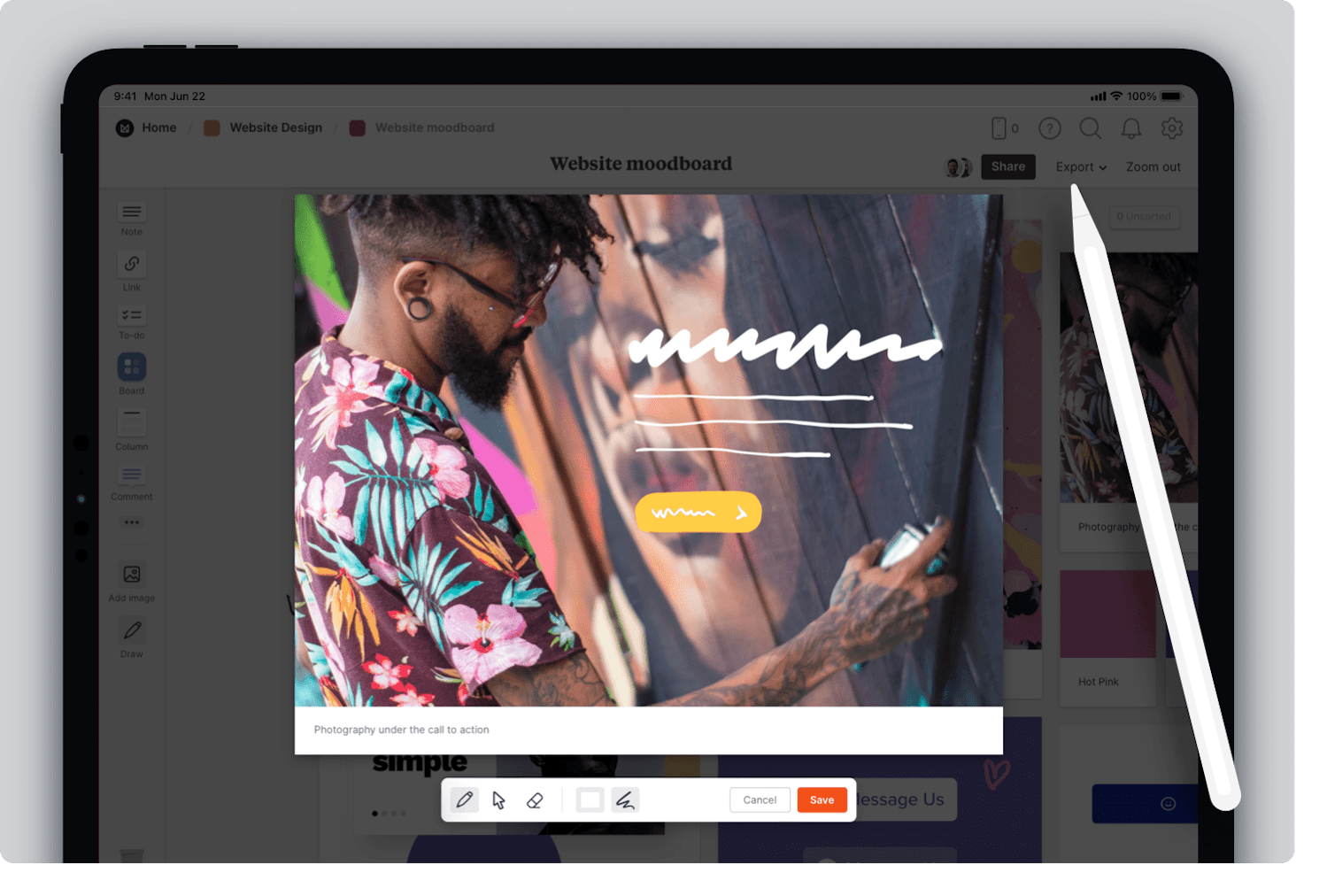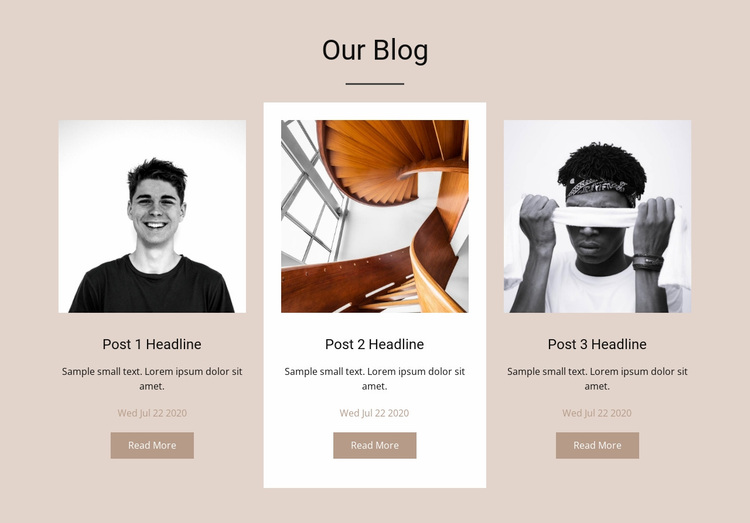How Website Design Impacts Brand Perception and Trustworthiness
How Website Design Impacts Brand Perception and Trustworthiness
Blog Article
Vital Tips for Crafting High-Impact Internet Site Designs
In the world of electronic advertising and marketing, the layout of an internet site offers as an important touchpoint for involving potential customers. To produce high-impact website styles, one need to consider essential elements such as audience understanding, customer experience, and aesthetic pecking order.
Understand Your Target Market

To successfully comprehend your target market, start by carrying out market evaluations to gather information on age, gender, place, and passions - website design. This details acts as a structure for creating individual personalities, which stand for the vital attributes of your target market. These characters guide decision-making in style elements and material strategy, making certain positioning with individual expectations
Furthermore, evaluating individual behavior with tools like Google Analytics can expose exactly how site visitors interact with your site. Metrics such as bounce rates and time on page can highlight areas that require renovation or adjustment. User surveys and feedback also give very useful insights right into preferences and pain factors.
Ultimately, a deep understanding of your audience is not just useful however crucial. It empowers designers to produce even more pertinent, appealing, and practical internet sites that cultivate a favorable customer experience and drive wanted results.
Prioritize Individual Experience
When designing a site, prioritizing individual experience (UX) is extremely important to accomplishing both individual contentment and business objectives. A well-crafted UX makes certain that site visitors can browse the site effortlessly, locate the information they need, and engage with content successfully. To achieve this, it is important to adopt a user-centered design approach that entails understanding customer requires, preferences, and habits.
Start by conducting thorough research, consisting of user surveys and usability screening, to collect understandings into just how customers engage with your site. This information need to inform style decisions, ensuring that layouts and features line up with user assumptions. Structured navigating is important; visitors must be able to situate information promptly without unnecessary clicks or complication.
In addition, think about the packing speed of your internet site. A slow-loading site can cause high bounce rates, negatively influencing user experience. Enhance manuscripts and images to enhance performance.
Last but not least, make certain that your site comes to all individuals, consisting of those with specials needs. Complying with ease of access requirements not only expands your audience but additionally cultivates inclusivity. By prioritizing UX, you lay the structure for a successful internet site that fulfills both user needs and organization objectives.
Embrace Visual Hierarchy
A well-structured aesthetic pecking order plays a considerable function in enhancing user experience by directing visitors' attention to one of the most important elements of a web site (website design). By purposefully arranging content, developers can develop a clear course for individuals to adhere to, guaranteeing they involve with crucial details properly
To execute visual hierarchy, beginning by utilizing size and scale. Bigger elements naturally attract the eye, making them excellent for headings or calls to action. Complement this with contrasting colors that highlight essential locations, as vibrant hues can create centerpieces that record interest.
In addition, the positioning of elements on the web page is critical. Leading the viewer's look via the design can be accomplished by positioning essential information on top or in the center, where users commonly start their aesthetic trip. Including whitespace around elements can likewise improve clearness, making it easier for customers to process info without really feeling bewildered.
Last but not least, employing typography properly adds to aesthetic Discover More hierarchy. Various font dimensions, designs, and weights can denote significance, leading customers through the content seamlessly. By accepting these concepts, developers can produce an intuitive experience that promotes involvement and motivates users to discover further.
Maximize for Mobile
Mobile optimization is crucial in today's digital landscape, as a significant portion of internet website traffic comes from mobile phones. To guarantee a smooth user experience, sites should be created with mobile users in mind. This involves using responsive web design methods that adjust the format, pictures, and text to fit different screen dimensions while preserving performance and appearances.

Touch targets, such as switches and web links, must be appropriately sized, guaranteeing they are easily tappable without errors. Moreover, make certain that kinds are mobile-friendly by decreasing input areas and making use of dropdowns where relevant, enhancing the customer experience.
Lastly, test your website across various smart phones and internet browsers to identify any kind of issues that may influence functionality. By prioritizing mobile optimization, you not only boost individual satisfaction but additionally favorably affect your website's online search engine position, hence drawing in even more site visitors and boosting overall engagement.
Implement Strong Branding
Producing a cohesive and well-known brand name is essential to developing a strong on-line visibility. A well-defined brand not just distinguishes you from competitors but additionally fosters count on and loyalty among your audience. To implement solid branding, begin by developing a clear brand identity that envelops your mission, worths, and vision. This identity must be reflected consistently throughout all digital touchpoints, including your site, social networks, and e-mail communications.
Aesthetic elements such as logos, color design, and typography play an important function in branding. Choose a color palette that resonates with your target market and mirrors your brand name individuality. Make sure that your logo is versatile and prominently presented on your site, enhancing brand name acknowledgment.
Content is just as important; your intonation need to align with your brand name identity, whether it's expert, pleasant, or authoritative. Engaging narration can even more reinforce your brand name, developing an emotional link with users.
Final Thought
In final thought, crafting high-impact great site internet site layouts necessitates a diverse method that encompasses understanding the audience, focusing on customer experience, Home Page and embracing aesthetic hierarchy. By incorporating these aspects, sites can successfully involve users, help with smooth navigation, and foster emotional connections that improve brand identity.
To produce high-impact web site designs, one have to take into consideration crucial components such as audience understanding, individual experience, and visual hierarchy.When making a web site, focusing on customer experience (UX) is critical to attaining both user satisfaction and company objectives.Beginning by conducting thorough study, including individual studies and functionality testing, to collect insights right into exactly how users interact with your website. To ensure a seamless user experience, sites must be created with mobile individuals in mind.In final thought, crafting high-impact website layouts requires a multifaceted strategy that encompasses recognizing the audience, focusing on user experience, and accepting aesthetic hierarchy.
Report this page